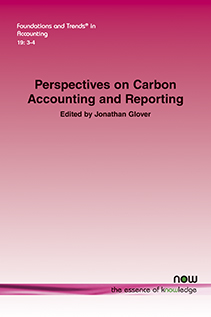Automotive Supply Chain Decarbonization as a Driver for Carbon Accounting and Vice Versa
By Thomas Becker, Vice President of Sustainability and Mobility, BMW Group, Germany, Thomas.TB.Becker@bmw.de
Abstract
Increasing rates of emission-free driving will significantly reduce use phase emissions of cars (Scope 3 downstream). As a result, the carbon footprint of car manufacturing (Scope 3 upstream) will increasingly determine the carbon impact of automotive manufacturers and define their ability to contribute to the targets of the Paris Agreement. In the absence of meaningful decarbonization measures, the supply chain of battery electric vehicles (BEV) can have a carbon impact twice as high as that of a conventional product. The automotive supply chain is one of the most complex in worldwide industry, and so within a functioning, internationally applied carbon accounting framework thousands of companies must be able to share information reliably and credibly. This also has policy implications. The established technical logic of automotive regulations (setting maximum emission values, banning and prescribing technologies, etc.) will fail in the face of this new and complex challenge. Therefore, the established and proven mechanisms of financial steering need to be utilized, and carbon accounting must be at its core.
Perspectives on Carbon Accounting and Reporting
Double-entry bookkeeping revolutionized financial accountability centuries ago, and today, its principles are shaping a new frontier—carbon accounting. The articles in this issue on Perspectives on Carbon Accounting and Reporting were contributed by leading academic and practitioner experts on carbon accounting. The authors highlight key challenges, including responsibility for Scope 3 emissions, reliance on third-party estimates, the allocation of emissions to products, the importance of integrating carbon accounting with traditional financial and managerial accounting systems, and the need for commonly accepted carbon accounting standards.

Companion
Foundations and Trends® in Accounting, Volume 19, Issue 3-4 Special Issue: Perspectives on Carbon Accounting and Reporting
See the other articles that are also part of this special issue.